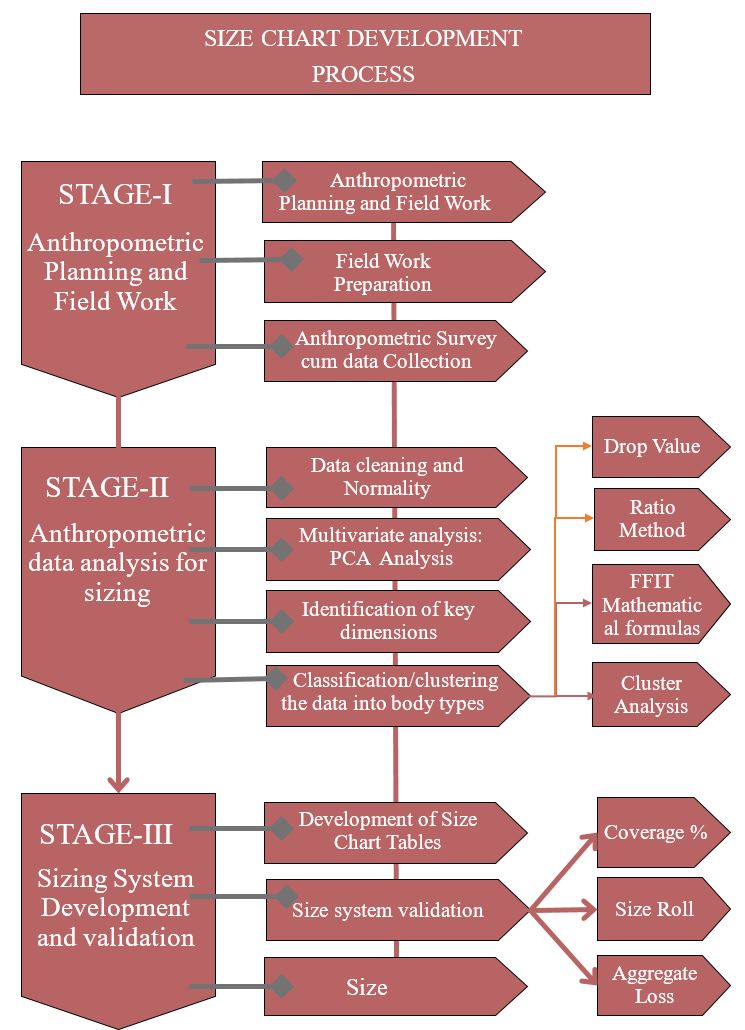Sizing for Plus Size
Experience unparalleled comfort, cutting-edge design, and performance-enhancing
technology with this latest innovation, crafted to elevate every athlete's journey.

The Challenge of Sizing for Plus-Size Women
Size labeling remains a significant issue in plus-size fashion. Vanity sizing, inconsistent brand size charts, and the absence of a standardized measurement system make it difficult for consumers to find garments that fit well. Size labels vary widely, using numbers, letters, or a combination of both, adding to the confusion. This lack of uniformity creates a frustrating shopping experience, often discouraging consumers from making purchases.
Bridging the Gap: The Need for Inclusive Sizing
While extensive research has been conducted on general women's fit satisfaction, studies exclusively focusing on plus-size women remain limited. Most of the available data is centered on Western populations, with little research dedicated to understanding the fit concerns of plus-size women in other regions, such as India. Addressing this gap requires a comprehensive approach that takes into account diverse body types and cultural preferences.
The Way Forward
To enhance the shopping experience for plus-size consumers, brands must invest in inclusive sizing and develop garments that cater to different body shapes. Implementing standardized size charts, expanding fit research beyond Western demographics, and engaging directly with plus-size consumers can help bridge the gap between fashion and functionality. By prioritizing fit and inclusivity, the fashion industry can create a more empowering and satisfying experience for all consumers.
Size Chart Development Process
Developing size charts for clothing was one of the earliest uses of anthropometry (Zakaria and Gupta, 2014). The statistical sizing system approach is the most commonly adopted method for developing size charts (Gupta and Zakaria, 2014; Hsu, 2009b; Chung, Lin, and Wang, 2007). Previous researchers experimented with different data cluster groupings to develop a more effective sizing system. The development process involves three key stages:
Stage I: Anthropometric Planning and Fieldwork
1. Anthropometric Planning – Includes preparatory work such as determining sample size, reviewing available sizing standards, and identifying key data points and postures.
2. Fieldwork Preparation – Involves obtaining necessary permissions, gathering anthropometric instruments, and training personnel according to ISO 8559/1989 guidelines.
3. Anthropometric Survey and Data Collection – A pilot study should be conducted before starting the full survey, following ISO 8559:1989 standards for measurement collection.
Stage II: Anthropometric Data Analysis for Sizing
4. Data Cleaning & Normality – Checking data normality and removing outliers using statistical methods like Q-Q plots, box plots, histograms, skewness, and kurtosis.
5. Multivariate Analysis – Testing sampling adequacy through Bartlett’s test and the Kaiser-Meyer-Olkin (KMO) test, ensuring data consistency with Cronbach’s alpha values.
6. Principal Component Analysis (PCA) – Reducing a large number of variables into a manageable number of factors.
7. Identification of Key Dimensions – Selecting control measurements based on their relationship with other variables.
8. Classification/Clustering into Body Types – Grouping similar body profiles through statistical clustering, drop values, and measurement ratios.
Stage III: Sizing System Development and Validation
9. Size System Development – Plotting the data to accommodate the maximum number of subjects in the target population.
10. Size System Validation and Designation – Testing the developed system for accuracy and usability before assigning final size labels.
By adopting a scientifically validated sizing approach, brands can improve fit satisfaction, reduce return rates, and enhance the overall shopping experience for plus-size consumers. A well-researched sizing system ensures inclusivity and provides a significant step towards addressing the longstanding challenges faced by the plus-size fashion industry.
